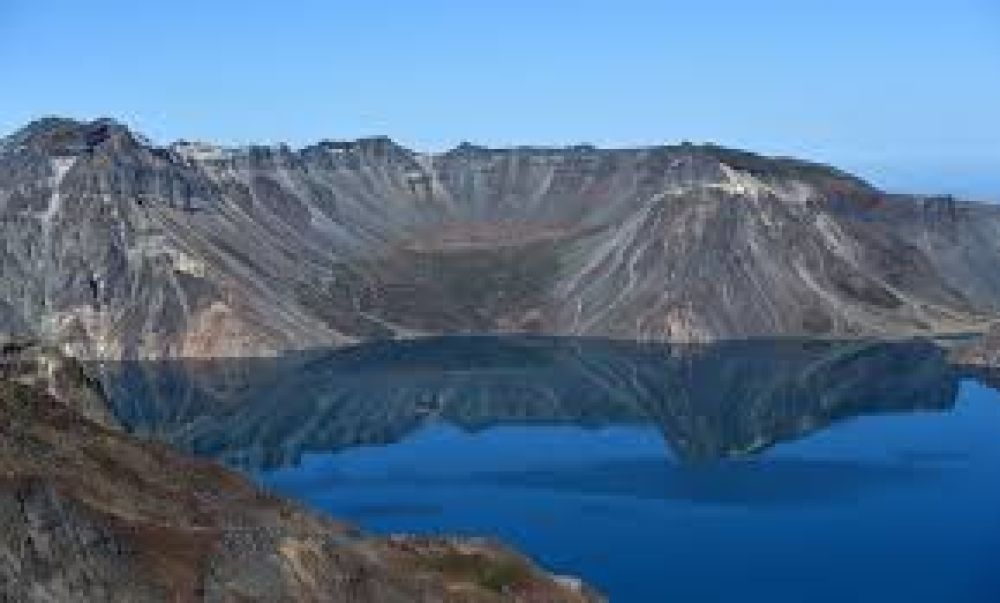

The history of tourism in Janggun Peak, located within the region of Samjiyon in North Korea, is intricately tied to the policy and openness of the country to international travelers. Traditionally, North Korea has been one of the most secluded countries in the world, with strict control over foreign visitors. As a result, the surge in tourism to places like Janggun Peak has only taken place within the government's boundaries, both in terms of policy and infrastructure development.
Tourism to Samjiyon and Janggun Peak is generally organized through state-sponsored tours. These guided tours are specifically designed to showcase the country's pride in its scenery, history, and achievements. Janggun Peak, situated in the Baekdu Mountains, is known for its stunning vistas and is touted as a place of revolutionary importance. The peak is often linked to the ruling Kim family's anti-Japanese revolutionary activities, particularly to Kim Il-sung, the founder of North Korea.
In recent years, the North Korean government has recognized tourism as a potential revenue stream and has mildly increased accessibility for tourists, particularly in designated areas like Samjiyon. The region has seen significant development, designed to enhance the tourist experience, including the construction of new monuments, hotels, and ski resorts, which are part of a large-scale development plan to attract more visitors to the Baekdu Mountain area. Tours to Janggun Peak often include a visit to these cultural and historical sites, as well as treks in the surrounding landscapes.
The latest trends in tourism in Janggun Peak and Samjiyon are closely linked to the broader efforts of North Korea to showcase its natural and cultural heritage. Realizing the inherent potential of the region's beauty, there has been an attempt to create a "sustainable tourism zone" in certain parts of the country. While opportunities to visit are still tightly regulated, there has been a subtle shift towards providing a more curated experience for tourists, partly due to a desire to convey a more positive image abroad and to bring in much-needed foreign currency.
Some of the more recent developments include enhanced travel packages that offer mixed experiences of history, culture, and nature. Travelers can expect guided tours through revolutionary sites, performances, and excursions into less visited areas like Janggun Peak itself, provided they adhere to the strict rules and regulations of the tour operators. There is also a growing emphasis on showcasing North Korea's commitment to preservation through ecological tourism, although access remains limited and fully controlled by the state.
It's important to note that while tourism to Janggun Peak and Samjiyon is developing, it is hindered by broader geopolitical tensions and the country's human rights record, which impact travel advisories and sanctions. Any travel to North Korea, and thereby to Janggun Peak, requires careful consideration, and as with any destination, it's essential to stay informed about the latest policies and guidelines.